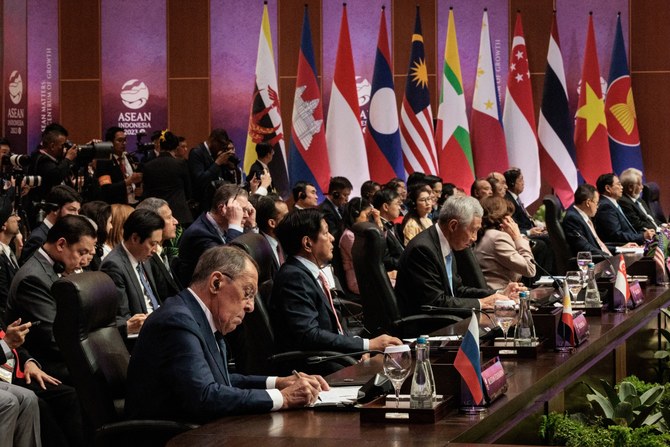
ifteen seconds to live. Paging Richie Benaud and Tony Greig. Paging Michael Atherton and Ian Smith and Dermot Reeve. Ten seconds. Dusting off the Analyst’s truck and firing up the Snickometer. Applying a final coat of varnish to Mark Nicholas. Five seconds. Everyone to positions. Queuing up the Lou Bega in three … two … one.
Alas, tantalising as the idea is of getting the old gang back together for one more job, it is at this point that you run into a few logistical issues. For one thing, Atherton is contracted to Sky Sports. Nicholas is signed up with TalkSport, while Benaud and Greig have sadly been spirited off to the great rain delay in the sky. Probably best just to take the Indian TV feed for now.
Nonetheless, for those of a certain age the prospect of Channel 4 winning the broadcast rights for England’s Test series against India – albeit yet to be confirmed at the time of writing – feels like a significant, perhaps even poignant development. Above all it would rekindle a partnership that between 1999 and 2005 generated some of the most memorable sport ever seen on our screens, and reinvented what a sport could look and sound like. It’s easy to forget just how contentious all this was at the time. The end of the BBC’s grip on Test cricket was fervidly debated in parliament.
Fuming traditionalists pledged never to watch the sport again. A Daily Telegraph editorial warned of Channel 4’s plan to ruin Test cricket with “multiculturalism” and “inappropriate razzmatazz”.
What happened instead, for a nation reared on the sober, cream-white undertones of Tony Lewis, was like stepping through a mirror. Everything about Channel 4’s coverage, from the titles to the camerawork to the sound to the presentation, felt like it had been beamed in from the future. Watching it back now, it’s remarkable how little has dated: from the fascinating Saturday morning masterclasses with Brian Lara and Shane Warne to the technologies like Snicko and Hawk-Eye that remain staples of today’s coverage.
But the most important thing of all was the tone. What distinguished Channel 4’s coverage was that it had been put together by people who so clearly and unashamedly loved cricket, and wanted to tell everyone about it. For most of my suburban childhood, cricket had felt like a dirty little secret, a stigma, a posh obsession. The sort of thing that marked you out in your street as a bit strange. Channel 4 reassured us, uplifted us, made us feel comfortable in who we were.
At which point, as we reach the traditional mid-column lull, you’re probably thinking something along the lines of: yes Jonathan, very nice. But is this really anything more than an exercise in pointless rose-tinted nostalgia?
The answer is that we still don’t really know, and not just because of the small possibility that Sky or BT could make a last-ditch grab for the rights. The real unknown, rather, is whether this ephemeral triangular relationship between a sport and a broadcaster and an audience even exists in an age of streaming services and snackable video clips.
The idea of a whole new generation of potential young fans signing up for county memberships after stumbling upon the Chennai Test at 6am seems fancifully, charmingly obsolete. English cricket’s free-to-air debate seems to have been raging in some form for a generation. Now, as the paywalls dissolve, as first the BBC and now Channel 4 appear to be rediscovering their thirst for the game, the temptation is to wonder whether any of it still matters.
And really, the dominant sensation here is not optimism but sadness: at the failure of English cricket to capitalise on its 2005 bubble, on how the game spent more than a decade wilfully retreating from its public. Obviously Sky has done a brilliant job for those who can pay for it. It’s not the culprit here. The real dereliction came from those at the England and Wales Cricket Board who willingly sold them the lot, even packing away the free highlights on Channel 5: an utter embolism of a channel watched by half a million idiots, curious about nothing but home makeovers and secrets of the Hitler bunker.
Chillingly, we still don’t know the long-term impact of those decisions. The current generation were raised on the gospel of 2005. But those who grew up later, without the means to pay for Sky, will have had little or no exposure to live international cricket. Perhaps this is why of the 10 male England Test players born since 1995, eight were privately educated.
But maybe we’re coming at this from the wrong angle. Maybe we get a little fixated sometimes on concepts like outreach and legacy and the great unconverted. And in any case, what the industry wonks call “linear TV” has had a superb year: locked down in our homes, traditional television sport has enjoyed an unlikely resurgence. India v England at 4am may not win the sport many new fans. But it may just win back a few old fans, a few lapsed fans, the same blend of the curious, the casual and the devoted upon which all sporting audiences rely.
Above all, a new series is upon us, an encounter between two likable teams, and frankly the more people who can watch it the better. We may not be able to leave the house, but at least we get Root against Kohli. Stokes against Ashwin. Archer against Bumrah. We may, if we’re lucky, even get some inappropriate razzmatazz.
• This article was amended on 1 February to remove the erroneous statement that no non-privately educated child born since 1995 had gone on to play for England












